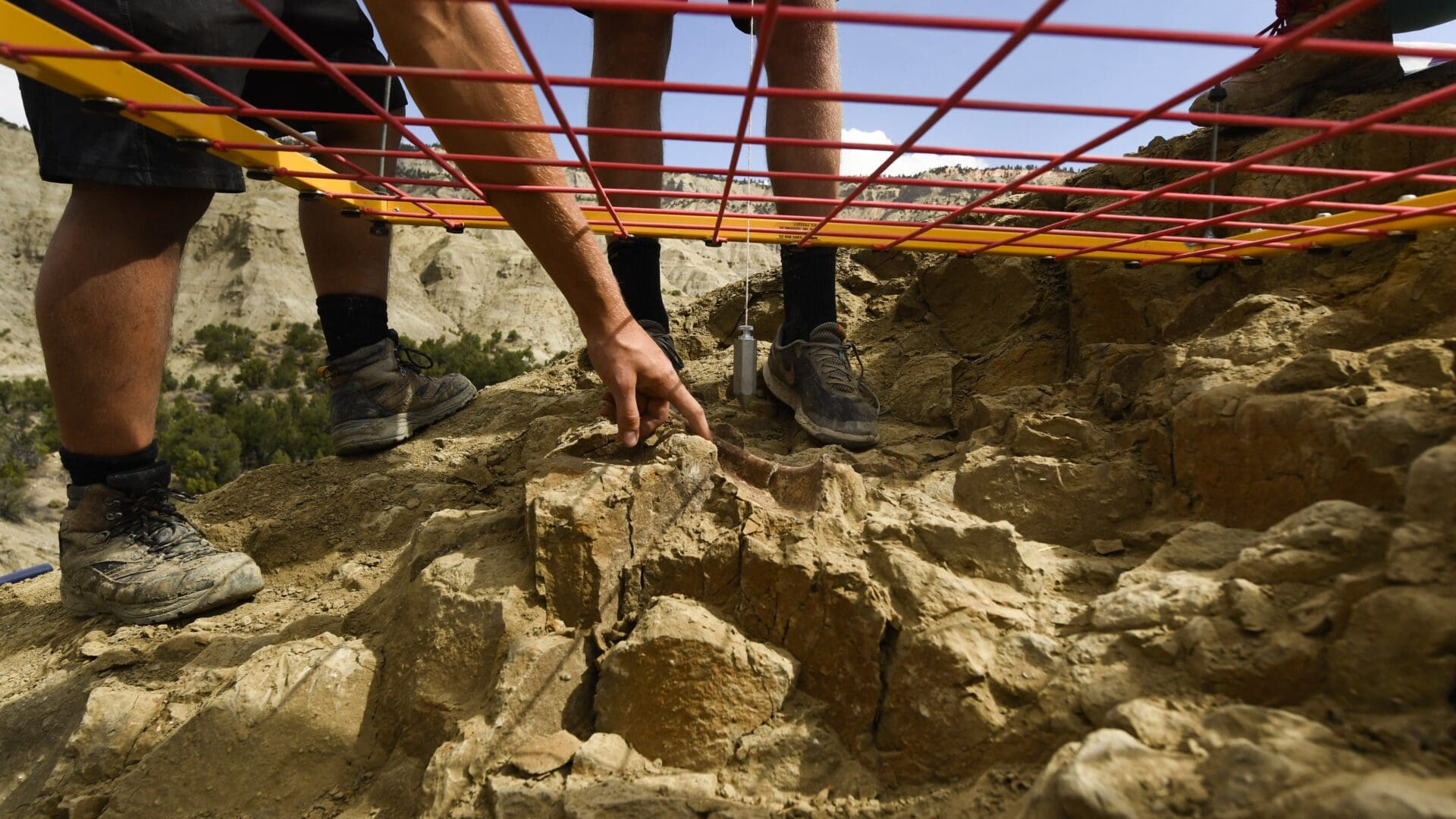Archaeologists working in Dunavecse, Hungary, have uncovered a Roman-era Sarmatian cemetery containing around 70 graves, revealing several surprising burial practices and rare artefacts. The excavations are taking place ahead of the expansion of Schneider Electric’s Duna Smart Power Systems (DSPS) factory, one of the company’s major European facilities.
Conducted by the Kecskemét-based Katona József Museum, the excavation not only revealed graves but also remains of buildings, furnaces, wells, smokehouses, and everyday objects—offering an unusually rich view into life during the 3rd to 4th centuries AD.
Among the standout finds is a rare four-sided Roman gaming die made of bone, discovered in a storage pit—a piece associated with ancient board games and rarely found in the Carpathian Basin.
Researchers also found a grave containing a man and a woman buried together, an uncommon practice for the time. Other surprising discoveries include a body buried in a tightly contracted position and a grave filled with two large millstones—a likely indication of spiritual beliefs aimed at preventing the dead from returning.
Karola Molnár, the lead archaeologist, noted the cemetery’s uniqueness due to its large size and the opportunity it offers for extensive exploration. The team also uncovered high-quality grave goods, such as terra sigillata pottery, jewellery, and weapons. A male grave held an 80-centimetre sword and a spear, while women’s graves yielded ornate brooches, mirrors, and jewellery made from semi-precious stones and coral. One brooch was decorated with a bird-shaped motif.
The Sarmatians settled in the Carpathian Basin in the 1st century AD and remained a significant presence until the 5th century. The current dig builds on earlier archaeological work carried out during the initial construction of the DSPS plant, which revealed remnants of a Neolithic settlement, a Sarmatian village, and part of a Bronze Age settlement.
Schneider Electric opened the Dunavecse factory in May 2023. In March this year, the company announced a 44 million euro expansion that includes the addition of an 18,000-square-metre production area. Archaeological work will continue in coordination with the ongoing construction schedule.
Related articles:








